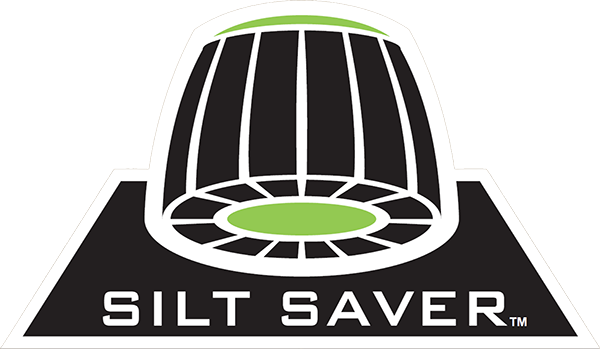Visit us at Silt Saver Booth 706

We are proud to have Keith Potter, the General Manager of Silt Saver Inc. be a presenter at this year’s IECA annual conference.
| Role: Presenter Keith Potter, CPESC, CIH, CSP General Manager Silt Saver, Inc. Keith is currently the General Manager at Silt Saver in Covington, GA. Silt Saver manufactures and distributes performance-based sediment control products throughout North America. Prior to joining Silt Saver, Keith began his professional career as an industrial hygienist and EHS professional in the nuclear, chemical, and paper industries. Keith has a bachelor’s and master’s degree from Murry State University and holds certifications as Certified Professional of Erosion and Sediment Control, Certified Industrial Hygienist, and Certified Safety Professional. |
Track: Erosion and Sediment Control
Tuesday, February 27, 2024
9:10 AM – 9:40 AM
Room: 402C
Everything Is Connected and Nothing Stays Where We Put It —- Even Rock Checks
Presenter: Keith Potter, CPESC, CIH, CSP – General Manager, Silt Saver, Inc.
Presentation Description: Maintaining the velocity of runoff in channels below erosive force is important to reduce sediment transport, control turbid discharge, and provide for stabilization as channels are installed. Methods such as straw bales and wattles have been used with various levels of success. Inevitably when everything else fails, rock is viewed as the ultimate solution. Using rock to construct check dams presents challenges of its own. This case study presents results of a field test in Georgia where Silt Saver High Velocity Ditch Checks were installed in a roadside ditch.
Full Presentation Abstract: Maintaining the velocity of runoff in channels below erosive force is important to reduce sediment transport, control turbid discharge, and provide for stabilization of the grade as channels are installed. While silt fence is prohibited from being installed in concentrated flow, methods such as straw bales fabric checks, and wattles have been tried with various levels of success. Inevitably when everything else fails, rock has been the ultimate solution. Rock check dams present some additional challenges. First, installation typically requires heavy equipment to load, transport, and place the stone in the channel. Performance is very dependent on the spacing of the checks to maintain the velocity below erosive force. When all these factors are addressed, rock checks still experience “blow-outs.” Maintenance is critical since stone, unlike fabric checks, becomes less efficient as sediment is trapped. Removal requires heavy equipment and significant effort to regrade the location of the rock check to complete stabilization. This case study follows a project in Georgia where fabric checks failed in a roadside ditch. The 5 fabric checks were replaced with 4 Silt Saver High Velocity Ditch Checks. The multi-component system was installed in December 2022 and experienced multiple rain events over several months with no rework required.
Learning Objectives:
- Understand the importance of minimizing the velocity of stormwater runoff in channels.
- Discuss the critical features of a sediment retention device used to minimize sediment movement in channels.
- Better select practices and products to control sediment movement.

